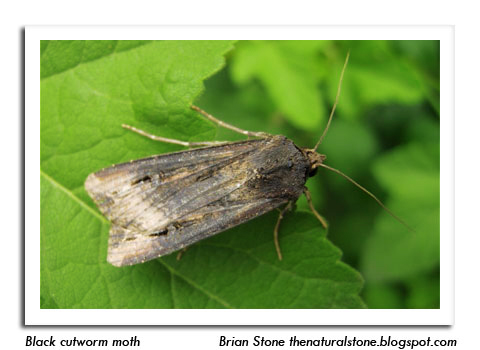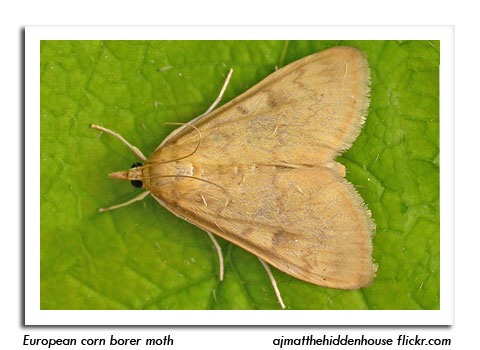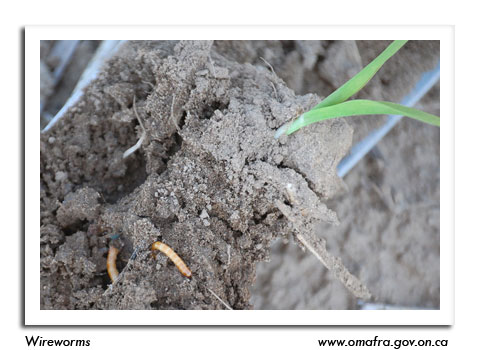
 |
|
|
Corn
Volume 59 Number 3 Date 05/15/2014 BLACK CUTWORM - Moths arrived in high numbers for the second consecutive week. The network of 34 pheromone traps distributed in southwestern Wisconsin registered another 353 moths, for a cumulative total of 649 moths as of May 14. A total of 211 moths were captured the week before. Black cutworm migrants began appearing in the state in mid-April this year and egg deposition is now occurring on winter annual weeds such as common chickweed, peppergrass and yellow rocket in no-tillage and reduced tillage fields. The expected increase in late-planted and no-till corn acreage this season means a greater percentage of fields will be attractive for oviposition by the moths now arriving, leading to the likelihood of subsequent larval injury. Larvae resulting from the spring flight could begin cutting corn seedlings by May 29. EUROPEAN CORN BORER - Larvae are pupating in Grant, Lafayette and Rock counties and in other warm southern Wisconsin locations. These advanced corn borers are expected to spend the next 10-14 days in the pupal stage before emerging as moths by the end of the month. Elsewhere in the state, pupation has not yet started and the first moths are unlikely to appear before early June. WIREWORM - This soil pest has been noted during surveys in the last two weeks and, like the black cutworm, could injure corn seedlings in the next 2-3 weeks. Corn planted into fields formerly in alfalfa or pasture is most vulnerable to infestation. Damage should become evident shortly after emergence. In severe situations, or if wireworms have been a serious problem in the past, treatment may be necessary. -- Krista Hamilton, DATCP Entomologist 




|
|
|